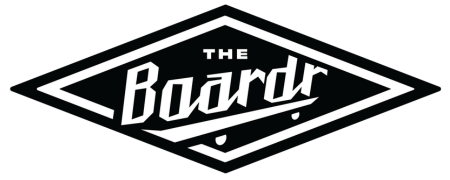How Ours Worked
We weren’t sure what to expect when we recently ran a version of our Grind for Life Series in full digital format due to the constraints of COVID-19.
While public skateparks were open, large gatherings were prohibited. So, we gave people three weeks to get a run filmed at Lakeland Skatepark.
Everything else worked the same: age divisions, judging and scoring, prizing, season rankings, etc.
After the time was up to get a run in, we took a day to do all the judging.
Important Considerations
Here are some things to think about when running an event in this format.
At first glance, it seems like there isn’t much work involved in running a digital contest. There’s no on site event set up and breakdown, no DJ, announcer, check-in, and other logistics things to handle.
Where it gets complicated is the logistics in new areas.
As registration and entries start to come in, each one needs to be reviewed to make sure you can view it, that there’s no other technical difficulties, and the guidelines such as “one minute or less of continuous unedited footage.”
We implemented that unedited continuous footage rule to even the playing field and remove complications from some people being more advanced at editing than others. We didn’t want anything too technical getting in the way for entries, nor did we want a digital ability to allow someone to place better than someone who can’t edit.
Constant Communication With Customers
If someone has an issue with getting footage submitted, you’ve got to start the communication with them immediately so you have these issues worked out by the time judging for the contest begins. After all the work that customer put in to get a run, they wouldn’t able to be in the contest if you can’t view their run when it's time to judge.
We wanted to remove as many tech hurdles for our customers as possible, so we allowed them to use the video upload platform of their choice. They could use Facebook, YouTube, Insta, etc and just send us the link to the uploaded video. Here are just a few examples of what can go wrong with submitted video footage:
- A parent uploads their contest entry to their kid's Instagram account. If it's a private account, make sure they've approved you to follow them so you can view it.
- Someone sends a Facebook video link. Make sure it's publicly viewable and not just viewable by the friends of that person.
- When someone uploads a YouTube video, make sure it's not marked private. It needs to be public or unlisted, not private.
- These kinds of issues need to be worked out as soon as the person submits their footage, not on the day of judging.
The Right Tools Makes the Job Easier
Next, you’ve got to have a system for organizing the entries with easy access for viewing while judging after you’ve arranged the start lists. Our tool, The Boardr Live, makes this very simple. If you aren’t using that tool, you’re facing a potentially labor intensive and administrative task to get it right.
After the Contest, There's Plenty More To Do
Finally, after it’s all done, you’ve got to have an organized system for getting prize packs to winners. We collect an email from all participants and contact them for address info after the contest. We keep track of which boxes have shipped and tracking info on a simple spreadsheet. People will ask about their box details after a few days and it’s a nice professional look to have tracking information for them.
Our Recap Video
To recap the event and show samples of the runs submitted, we put together some highlights from our judging session and a few of the runs submitted.
